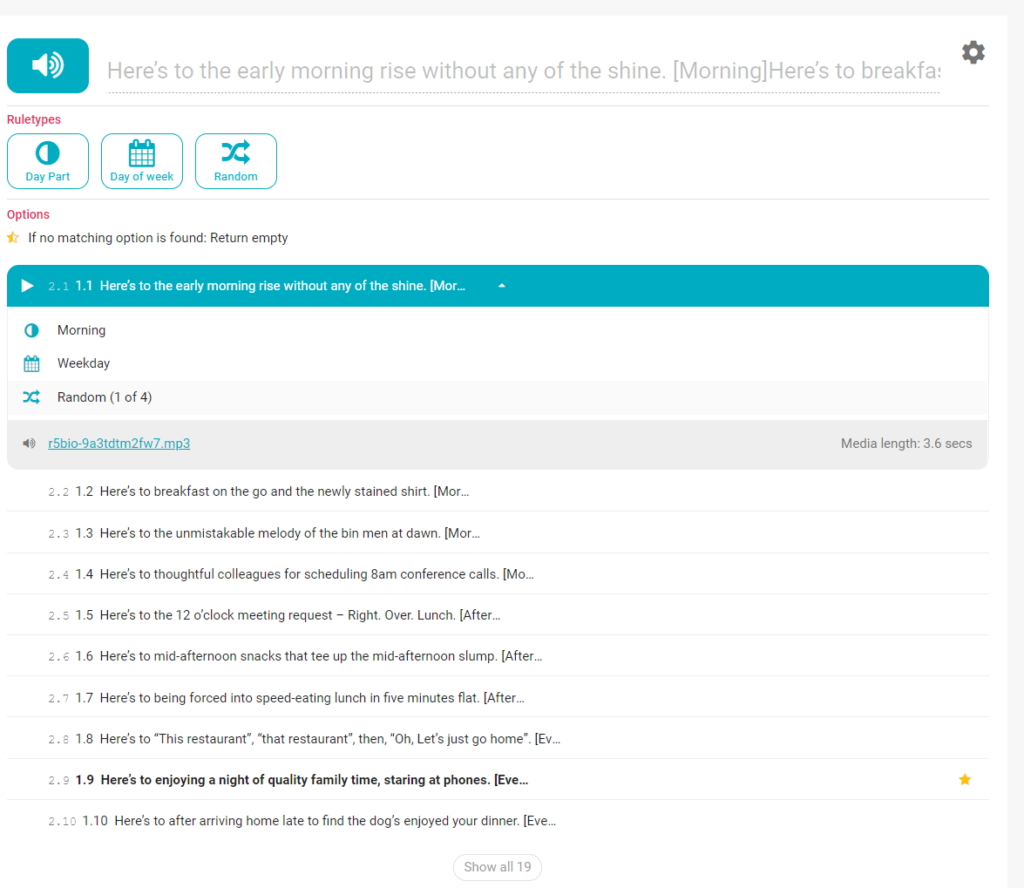The Value of Creativity in the Cookie-Less World
by Mathew Broughton on 23rd Sep 2019 in News

In association with A Million Ads.
Writing exclusively for ExchangeWire, Yasin Dabhelia (pictured below), senior partnerships manager at A Million Ads, discusses how creativity should not be ignored in shaping effective and dynamic programmatic advertising in the chaotic 'post-cookie-pocalypse' landscape.
In an industry filled with what seems to be doom and gloom around data and privacy; creativity and innovation in a cookie-less ad-world could be the light at the end of the tunnel.
The following stats always strikes me; David Trott (Campaign) identified that 4% of ads have a positive impact, 7% are remembered for having a negative effect and the last 89% of ads are not remembered at all. In tandem with this, according to an Experian study, despite these shocking statistics, less than 10% of CMO’s are concerned with understanding the customer journey in order to personalise advertising.
Advertising technology and programmatic has reached innovative heights, however have we neglected the basic principles of advertising for far too long by using cookies as the crutch to hold us up, when in fact we were always able to walk without it. The death of cookies and the ICO becoming more stringent as GDPR gains even more momentum is hot topic but what if we focused on how we can make advertising more exciting, even in an advertising world that doesn’t require cookies.

Yasin Dabhelia, Senior Partnerships Manager, A Million Ads
Whilst I 100% agree that cookies have their place in sophisticated targeting, ads needn’t be reliant upon the use of them. Advertising should mimic the same way we communicate with each other by having an on-going personable conversation with people, not talking to cookies or just devices, but being able to have and continue that conversation as opposed to bombarding someone continuously with the same message. Think about it, when you take away the ability to 'create segments' or specifically target a select group of people, you automatically must think differently about getting your message across different and communicate with consumers more effectively.
I believe creativity is at the heart of that, and the growth of technology that is changing what it means to be creative, for the better. Advertising shouldn’t necessarily be siloed to minute groups of people, in fact we should be talking to people at scale but personalising the message differently to individuals based on easily accessible information that makes the advert seem like it’s in the right place and at the right time for that specific person.
If we go back to thinking of a cookie-less environment again, just dynamically changing an advert to mirror our environment such as: the day of the week, the location, the weather, the type of device they’re on and to match the type of content their consuming, easily amplifies a brand’s message to be more personable with their customers. This isn’t exclusive to audio ads of course, this logic could apply easily across any medium, especially with the growth of connected TV, podcast formats and smart speakers, there is an even bigger opportunity for advertisers to be creative.
A Million Ads partnered with Now TV to run a campaign with different creative messaging per genre segment whilst increasing moment-relevancy with contextual messaging around weather, day of week and time. The goal of the campaign was to see whether dynamic personalised audio ads increased the likelihood to purchase, and when brand effectiveness research was conducted it was found that just by tweaking the ad to suit the time of the day, along with typical scenarios dependent on weather, dynamic audio drove an overall sales uplift of 228% for Now TV. This is a great example of how creativity and personalisation can drive exceptional results.

The above image demonstrates how multiple iterations were recorded and uploaded to A Million Ads Studio, to give the ad the ability to be contextual to time of day.
In other instances, ads that have effective creative could also resonate with our human emotions; every year we anticipate the release of the John Lewis advert, and the sound of Coca-Cola’s “holidays are coming” which automatically indicates that it’s officially the countdown to Christmas. Even though Christmas is a great time to evoke a reaction as people are more susceptible to advertising these are still examples of how powerful emotive in advertising creates episodic memories in our brains leading to better brand equity.
As I said earlier, I believe that cookies will still remain a core component of the ecosystem for us to further our understanding of individuals on the internet, but this doesn’t mean it’s an excuse to abuse the system. Everyone in the advertising chain of custody needs to take responsibility for how it utilises user data, and how that data can be used to better personalise creative to everyone as individuals. Ultimately publishers should be in the most fortunate position post-cookie-pocalypse, by offering its consumers an attractive value exchange for data which can then be used to understand and target users with better, more creative advertising.








Follow ExchangeWire